Top 4 Basic Instructions for Ford Tire and Fixing Process
This is our article about the Top 4 Basic Instructions for Ford Tire and Fixing Process. For new Ford owners, we believe this article is for you. Or follow us for more interesting things. Here are the Ford How-to – Everything of Tire and Fixing Process with a lot of introductions and manual in Individual Tire Pressure Monitoring System, Tire Inflator and Sealant Kit and Flat Tow.
Individual Tire Pressure Monitoring System
Properly-inflated tires tend to last longer. The proper inflation numbers are measured in PSI, pounds per square inch, and located on your vehicle’s door frame, next to the driver’s seat.
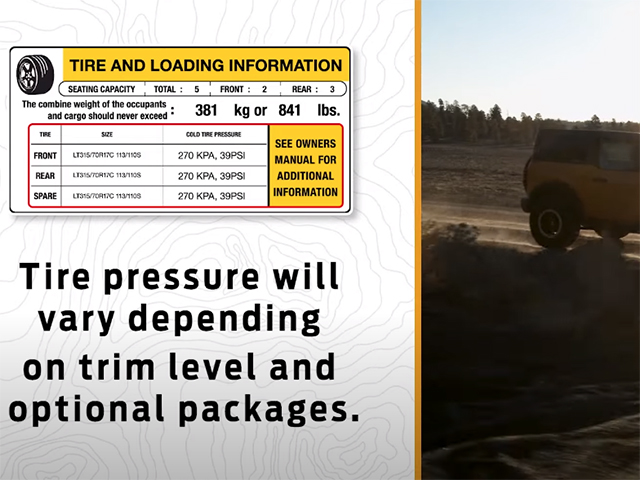
To measure, you can use a digital or dial-type pressure gauge. Be sure to check your tires before you drive on them or once they’ve cooled down.
In addition, your vehicle is equipped with a safety feature to tell you if the tire pressure is low. To view TPMS, push Menu on the steering wheel, then Off-Road, then Tire Pressure. When your vehicle reaches 20 miles per hour, sensors start relaying pressure information every minute.
If any tire’s pressure dips too low, it triggers the TPMS warning icon in the instrument display, and a pop-up that shows you which tire needs air.
Ford Tire Inflator and Sealant Kit
Before Using Kit
You should know that some Ford vehicles or equipment packages may not include a spare tire. Instead, you may have a tire inflator and sealant kit. The kit allows you to temporarily fix most flats without requiring a tire change, which means no need to use a jack or lift a spare tire. And it only takes a few minutes, plus time to visit a repair facility for inspection.

The kit is located in the cargo area in a foam holder. It contains an air compressor to reinflate your tires, complete with an air hose, pressure gauge, valve connectors and sealing compound.
Kit Manual
To use it, first make sure your car is safely off the road and away from traffic and that you’ve set your parking brake. You’ll also want to leave your engine running outdoors or in a well ventilated area, so that your battery doesn’t drain while you’re using the compressor.
Keep in mind, if there is damage to the sidewall, contact roadside assistance, as this type of damage cannot be repaired using the kit.
First, you’ll need to seal and re-inflate the tire by using the sealing compound along with air from the compressor. To begin, remove the valve cap from your tires valve, unwrap the black hose and fasten it to the tire valve by turning the connector clockwise.
Then plugged the compressor into one of the 12 volt outlets in your vehicle. Turn the dial clockwise to the repair position. Press the On button and inflate your tire.
This is normal while the sealant is being pumped into your tire, you will see an increase in your tire pressure reading.
And once all the sealant has been pumped into the tire, the pressure reading will drop. Now to re-inflate the tire, keep the dial in the repair position. Continue filling the tire with air from the compressor until the pressure gauge reaches the pressure listed on the tire label on the inside of your driver’s door.
Then turn the compressor off and read the gauge. If you haven’t reached the correct pressure within 15 minutes, contact roadside assistance. If you find that you need more air, turn the compressor back on for a few moments. When you’re at the right level, turn off and disconnect the compressor, replace the valve cap on the tire valve and store the compressor properly in your vehicle.
After Using Kit
You should immediately drive your car four miles to make sure the sealant is distributed evenly throughout the tire. If anything seems unusual while you’re driving, pull off the road and contact roadside assistance.
After you’ve driven the four miles, stop and check your tire pressure again by connecting the black hose to your tire valve stem and reading the gauge on the kit. If you need to add more air, set the dial to air, turn it on and fill it to the right level.
Once you’ve completed the repair, drive to your nearest Ford dealer or tire repair shop to have the tire inspected. Do not exceed speeds of 50 miles per hour or drive more than 120 miles.
Flat Tow Your Ford F-150 Truck
Introduction
Ford F-150 truck can be towed on all four wheels behind an RV or another vehicle. Here’s how to do it properly without damaging the transmission and gearbox. To set up for towing, you’ll need to do a few things differently.
Neutral Mode
First, start your vehicle. Next, press the 2H button on the four-wheel drive mode control. Now, to place your vehicle in temporary neutral mode, press and hold the brake pedal and shift the transmission to neutral. You’ll see a message telling you to select the M button, which is the manual button located next to the shifter. You’ll see this message do not tow your vehicle in this mode, the neutral indicator May flash.
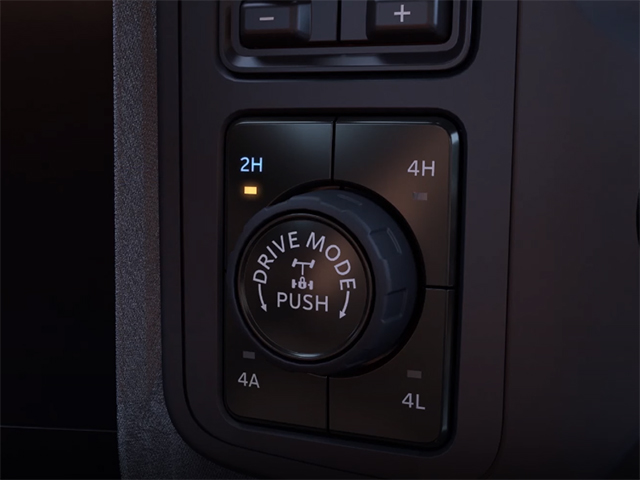
Switching Vehicle Off
Next switch your vehicle off by pressing the start stop button once or using your key. You’ll see this message with your foot off the brake pedal press the start stop button. Once to switch your vehicle to accessory mode or turn the key to the on position. Press and hold the brake pedal.
Neutral Row
Press Menu on the steering wheel scroll to settings then select neutral toe. Press and hold the OK button until you see a message in the display confirming that neutral tow has been enabled. And instructing you to leave the transmission in neutral. Anytime you open the driver’s door, you’ll see a message in your instrument cluster to reassure you that neutral toe is on.
Release the brake pedal leave the transmission in neutral and switch off your vehicle by pressing the start stop button once with your foot off the brake for vehicles with a key. Do not turn the ignition all the way to the off position you must leave the key in the ignition while Towing use the keyless entry keypad or an extra set of keys to lock and unlock your F-150.
Now you’re ready to tow your vehicle to turn neutral mode off with your F-150 properly secured to the tow vehicle press the brake pedal and start your F-150 then turn it off by pressing start stop once or turning the key to the off position with your foot off the brake pedal. Press the start stop button once to switch your vehicle to accessory mode or turn the key to the on position.
Press and hold the brake pedal and shift out of neutral and into Park. Release the brake pedal you’ll see a message telling you that neutral tow has been disabled.
More following to other related posts
See more:
Some Ford key fobs cover our store providing:
Hope the above article helped you understand more about Top 4 Basic Instructions for Ford Tire and Fixing Process. Please leave your comments below the comment section. Feel free to contact us for more information!

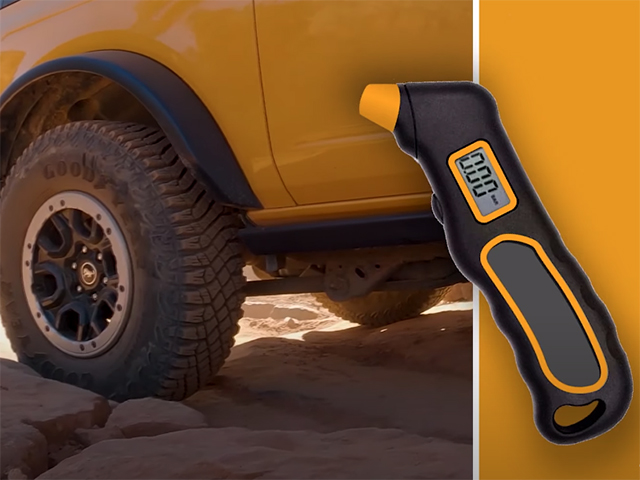
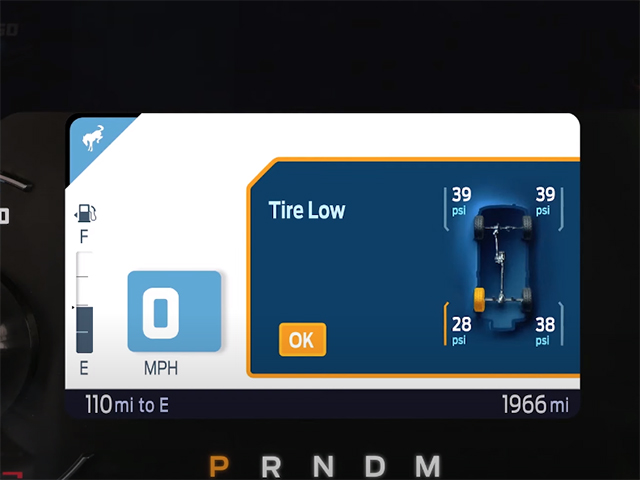
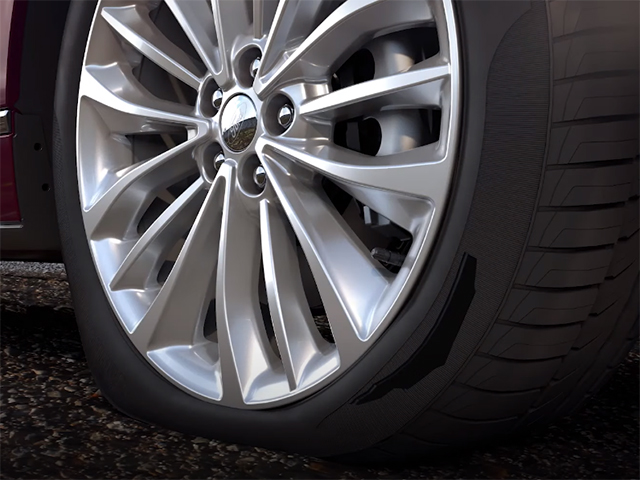
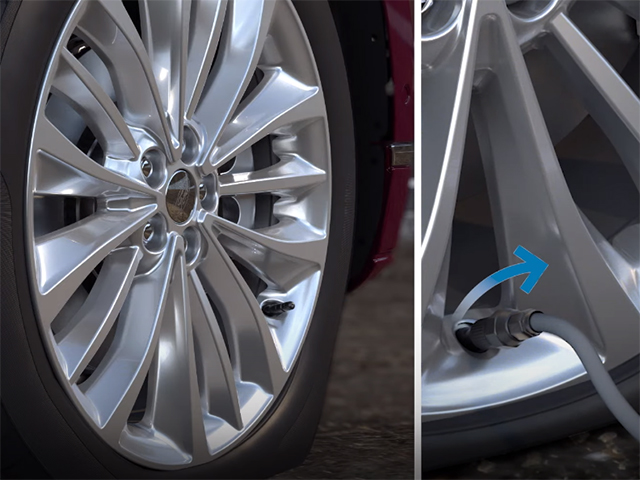
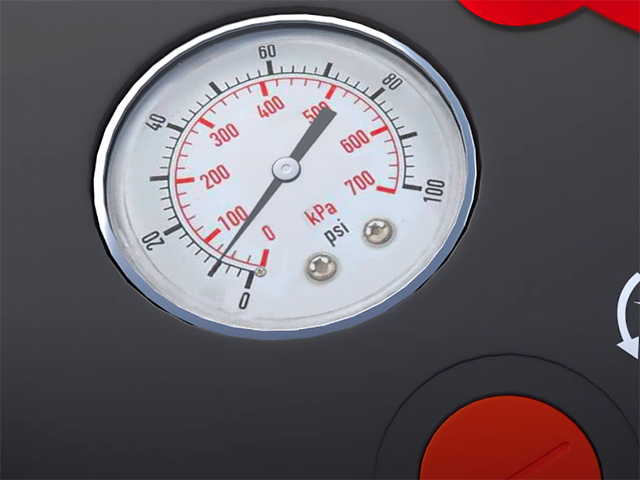

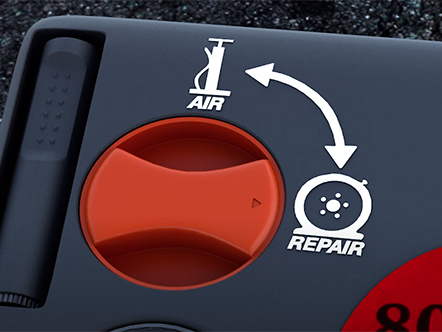
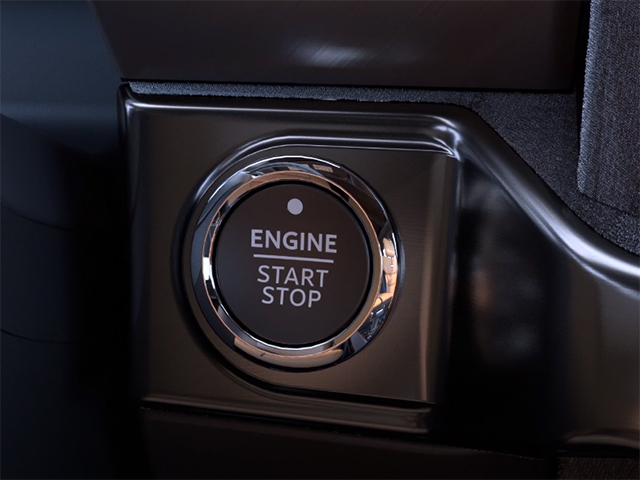
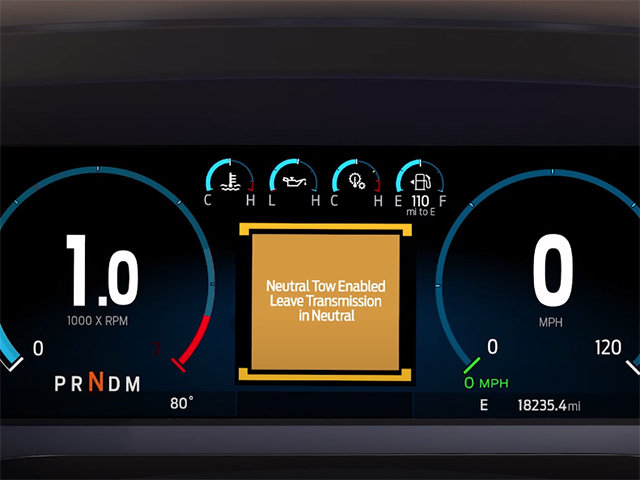
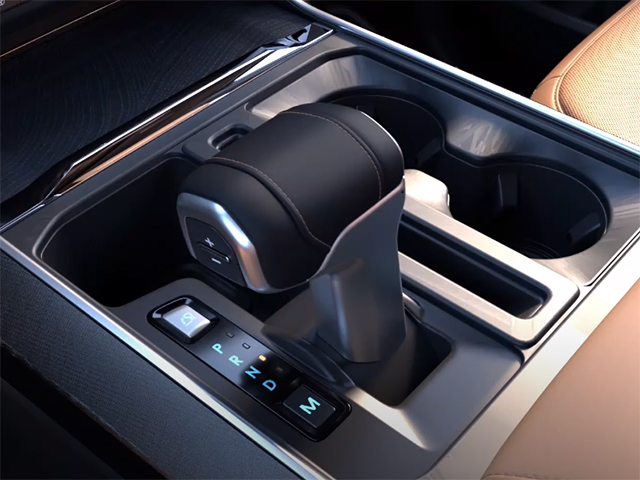
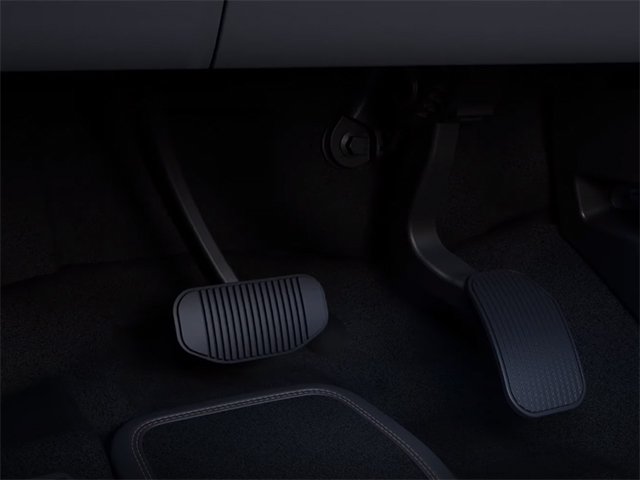

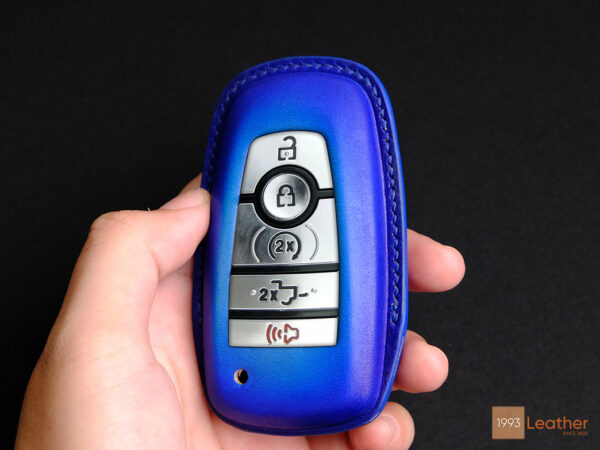
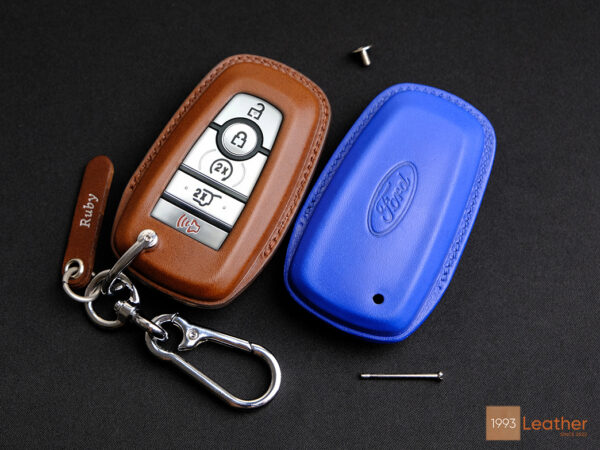
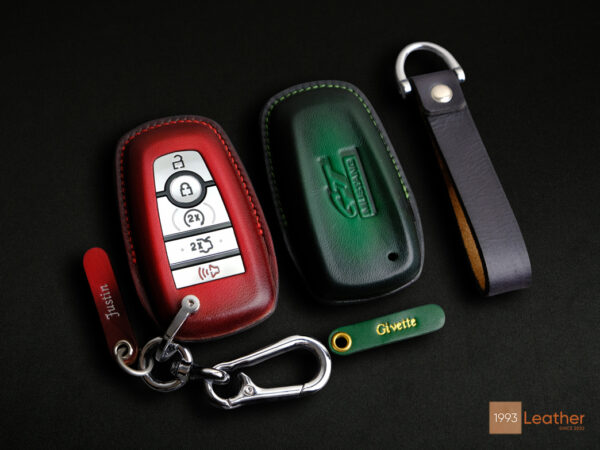

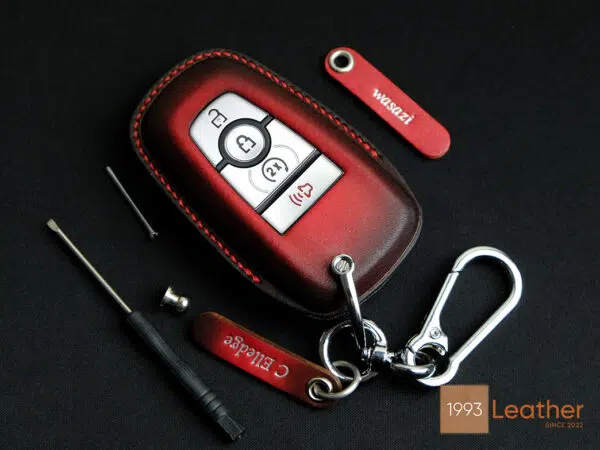
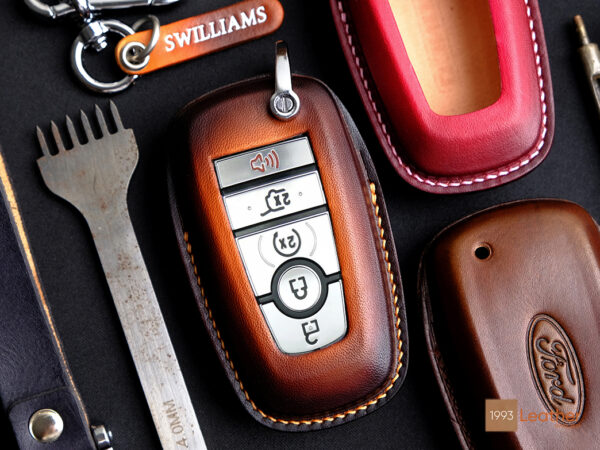
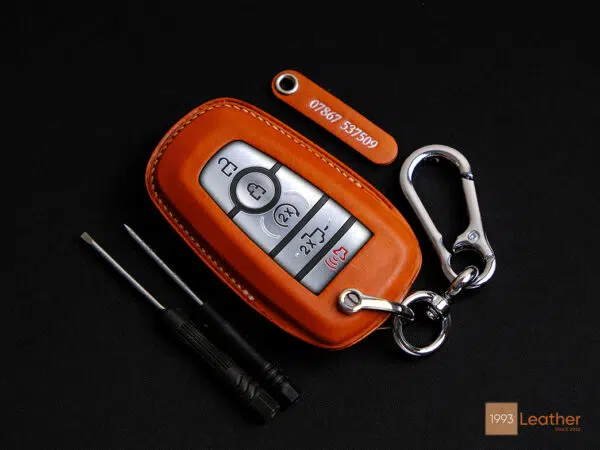
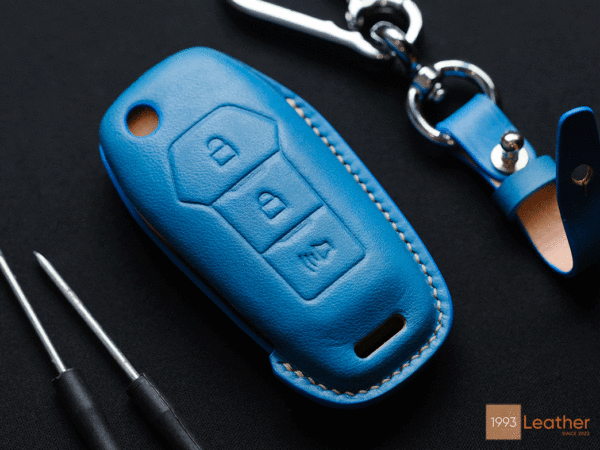
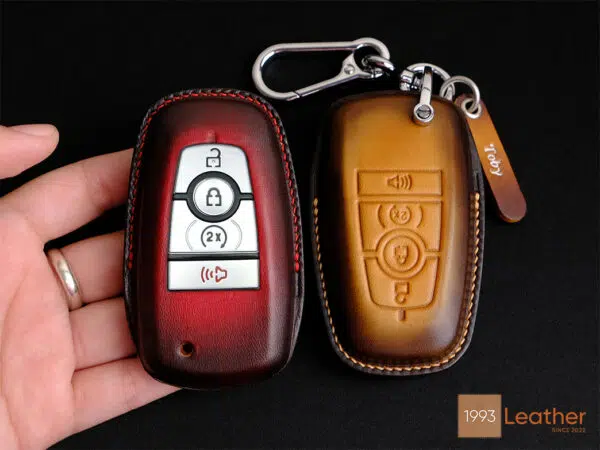
 How to use Volkswagen Remote Start key – Step-by-Step Guide
How to use Volkswagen Remote Start key – Step-by-Step Guide How to Connect Volkswagen with Android Auto – Completely Guide
How to Connect Volkswagen with Android Auto – Completely Guide How to Connect Apple CarPlay with Volkswagen – Full Guide for iPhone Users
How to Connect Apple CarPlay with Volkswagen – Full Guide for iPhone Users Pairing Bluetooth with Volkswagen – A Simple Guide
Pairing Bluetooth with Volkswagen – A Simple Guide How to Recall Chevrolet Memory Seats in Settings – Advanced Tips
How to Recall Chevrolet Memory Seats in Settings – Advanced Tips Chevrolet Automatic Climate Control – What It Does & How to Use It
Chevrolet Automatic Climate Control – What It Does & How to Use It


